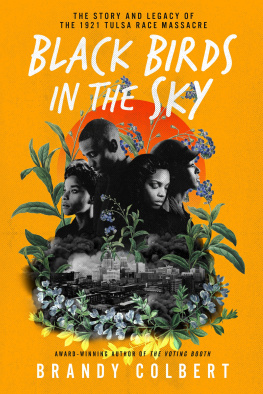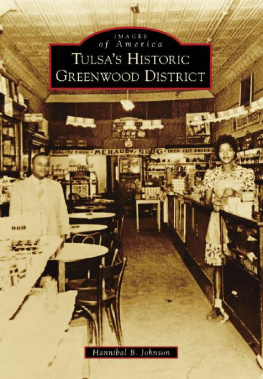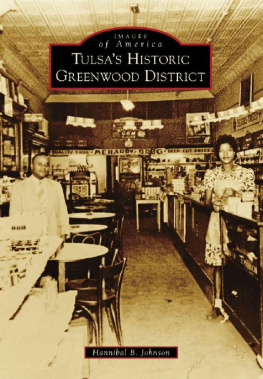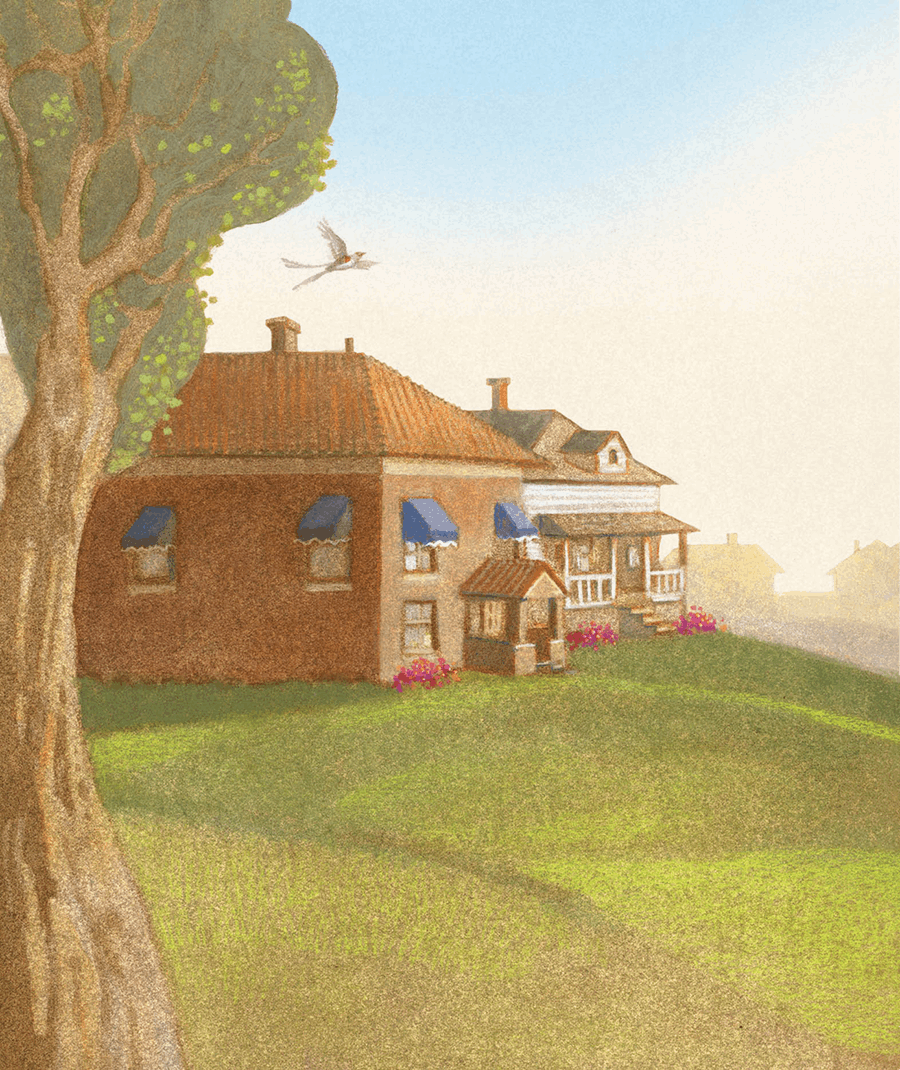Grateful acknowledgment to Hannibal B. Johnson, author, attorney, consultant, and chair of the Education Committee for the 1921 Tulsa Race Massacre Centennial Commission, for reviewing the text and sharing his expertise.
Back endsheet photo: This June 1921 photograph shows the total devastation of the Greenwood District in the aftermath of the massacre.
Text copyright 2021 by Carole Boston Weatherford
Illustrations copyright 2021 by Floyd Cooper
All rights reserved. International copyright secured. No part of this book may be reproduced, stored in a retrieval system, or transmitted in any form or by any means electronic, mechanical, photocopying, recording, or otherwisewithout the prior written permission of Lerner Publishing Group, Inc., except for the inclusion of brief quotations in an acknowledged review.
Carolrhoda Books
An imprint of Lerner Publishing Group, Inc.
First Avenue North
Minneapolis, MN 55401 USA
For reading levels and more information, look up this title at www.lernerbooks.com .
Photos are courtesy of the Library of Congress (historical), Floyd Cooper (family photo), and Danielle Carnito (Reconciliation Park).
Designed by Danielle Carnito
Main body text set in Aptifer Slab LT Pro Semibold.
Typeface provided by Linotype AG.
The illustrations in this book were created using oil and erasure.
For every Black life, every Black hope, every Black dream C.B.W.
For my Grandpa C. D. Williamsbecause you talked F.C.
Library of Congress Cataloging-in-Publication Data
Names: Weatherford, Carole Boston, 1956 author. | Cooper, Floyd, illustrator.
Title: Unspeakable : the Tulsa Race Massacre / Carole Boston Weatherford ; illustrations by Floyd Cooper.
Other titles: Tulsa Race Massacre
Description: Minneapolis : Carolrhoda Books, [2021] | Audience: Ages | Audience: Grades | Summary: Celebrated author Carole Boston Weatherford and illustrator Floyd Cooper provide a powerful look at the 1921 Tulsa Race Massacre, one of the worst incidents of racial violence in our nations history Provided by publisher.
Identifiers: LCCN 2020020949 (print) | LCCN 2020020950 (ebook) | ISBN 9781541581203 (trade hardcover) | ISBN 9781728417387 (eb pdf)
Subjects: LCSH: Tulsa Race Riot, Tulsa, Okla., 1921Juvenile literature. | African AmericansViolence against OklahomaTulsaHistory20th centuryJuvenile literature. | Greenwood (Tulsa, Okla.)Race relations History20th centuryJuvenile literature. | Greenwood (Tulsa, Okla.)History20th centuryJuvenile literature. | Tulsa (Okla.)Race relationsHistory20th century Juvenile literature.
Classification: LCC F704.T92 W43 2021 (print) | LCC F704.T92 (ebook) | DDC 976.6/8600496073dc23
LC record available at https://lccn.loc.gov/2020020949
LC ebook record available at https://lccn.loc.gov/2020020950
Manufactured in the United States of America
2-50177-47946-1/27/2021
Carole Boston Weatherford Floyd Cooper
The Tulsa Race Massacre
t
Carolrhoda Books
Minneapolis
Once upon a time near Tulsa, Oklahoma,
prospectors struck it rich in the oil fields.
The wealth created jobs, raised buildings,
and attracted newcomers from far and wide,
seeking fortune and a fresh start.
Once upon a time in Tulsa,
there was a community called Greenwood.
Its residents descended from Black Indians,
from formerly enslaved people, and from Exodusters,
who moved West in the late 1800s fleeing
the violence and racism of the segregated South.
Once upon a time in Greenwood,
there were some ten thousand people living
in a thirty-five-square-block area.
Train tracks divided the Black and white communities.
Segregation laws called for separate neighborhoods,
schools, phone booths, and railroad and streetcar coaches.
Unfair tests made it hard for Blacks to register to vote.
And laws barred marriages across racial lines.
So many Black businesses cropped up
along a one-mile stretch of Greenwood Avenue,
that educator and business leader Booker T. Washington
called the area the Negro Wall Street of America.
The name later became Black Wall Street,
and the community kept thriving.
Once upon a time on Black Wall Street,
there were dozens of restaurants and grocery stores.
There were furriers, a pool hall, a bus system, and an auto shop
nearly two hundred businesses in all.
There were also several libraries, a hospital,
a post office, and a separate school system,
where some say Black children
got a better education than whites.
There were two Black-owned newspapersthe Tulsa Star
and Oklahoma Sun and over twenty churches.
And fifteen Black doctors, including Dr. A. C. Jackson,
the most able Black surgeon in the nation.





























